
There have been brilliant theatre photographers who have chronicled Broadway over these past many decades. Though virtually unknown to the greater theatergoing public, through their lenses, they have been our eyewitnesses to the most iconic moments in theatre history. Time to pull back the curtain on a few of these heroes in today's "Theatre Yesterday and Today."
With the proliferation of cameras on cellphones, taking a photograph these days seems about the easiest thing in the world to do. Point and shoot, right? But even with how sophisticated things have gotten, does anyone recall how hard it was to get a decent shot for a family holiday card? Or attempting to photograph your kid in a school play? How often did it result in the shot you intended? Wasn’t there always a blurred arm or one actor in a quartet whose eyes are shut? Okay, you’re an amateur and the people I cite in this column are professionals, but it’s so much more than that. Have you ever thought of how difficult it would be to take photos when the light is forever shifting? More importantly, focusing in a split-second in near darkness to encapsulate what a particular actor is discovering in that moment onstage and in front of a live audience. And most of the photos showcased here were shot on film, not digitally, which is the standard today (and preferred by most theatre photographers now as digital is better suited to addressing the difficulties just mentioned). Well, that is the genius of these theatre artists. Take, as but one example, Joan Marcus’s portrait of Bernadette Peters as Rose in Gypsy (2003).

Not only does Marcus's capturing of Bernadette Peters in this moment provoke a startling image, but it aids in the story telling of what is going on inside Rose at the apex of this great musical: the vying for centerstage in her imagination and relishing the brief time in the spotlight.

Joan Marcus has been photographing theatre for more than thirty years. As she mentioned in the speech she gave in 2014 when she received a special Tony Award for Lifetime Achievement “Prior to theatre, I was printing photos at GW Medical School — before and after pictures of plastic surgery.” It was while on a job working backstage at the Kennedy Center that her passion for the arts was ignited, providing inspiration to figure out a way to make the theatre a working home for her. All she had to do was find how to make a vital contribution to it. Which is similar to how things came to fellow photographer, Carol Rosegg.
I’ve personally known Carol since I was seventeen years old. She was the assistant stage manager when I did summer stock in Plymouth, Massachusetts and our paths have consistently and delightfully crossed over these many decades. As an apprentice to one of the legendary theatre photographers, Martha Swope (1928–2017), Carol came to realize that the work not only presented challenges which interested her, but that she was damn good at it, too. After taking off on her own the results have been extremely rewarding for both her and for those who love the theatre. Here she captures a glorious moment of revelry that comes at the end of 2005’s Dirty Rotten Scoundrels:


As for the great Martha Swope’s genius, that could take up its own column, but allow me to indulge in it here for a few paragraphs.
Having begun her professional career in 1957, auspiciously with West Side Story, Swope would turn out to be personally responsible for 60 to 70 percent of all Broadway photography over the next twenty years. And though she retired in 1994 after her nearly forty year spot at the top, it took ten years for the Tony Awards to get around to what had been a glaring omission for decades: a special Tony Award given to her for “Excellence in Theatre” in 2004.
Eight years ago, an exhibition was curated for the New York Public Library for the Performing Arts at Lincoln Center. “Martha Swope: In Rehearsal,” exclusively concentrated on her rehearsal photography, a genre all its own. It should be noted that Swope first intended to become a dancer upon arriving in New York City from where she grew up and went to college in Texas. While in a dance class with the great director/choreographer Jerome Robbins, there to loosen up and prepare for his upcoming West Side Story, he observed that Swope (uncommonly for a dancer) had a Brownie camera in the room at the ready at all times. Himself an amateur photographer, he wound up offering her not only the use of his darkroom but, after seeing her work, the chance to photograph his new show in rehearsal. Like in a movie (or a Broadway play) one of her images found its way into Life magazine and a new career was hers to do with what she wished. Lucky for us.

Swope documented over 800 productions in her lifetime. To her, rehearsals were “where you see the creativity and the interchange, how it grows to what it comes to be onstage”.
The former dancer in Swope allowed for her extraordinary intuitive sense of movement to inform her work . But one photo of hers has always stuck with me. It is among my very favorites and features no movement at all. If you love theatre and have ever been fortunate to be a part of a rehearsal room (it doesn’t have to be Broadway) the photo is so relatable. It is of a creative team watching what they are putting forth into the world; their faces filled with self-doubt of what it is they now must own. That this show they are observing turned out to be West Side Story is beside the point, though it does add something to the story, doesn’t it? What’s said beyond the actual photo is what makes it a great photo — which, after all, was Ms. Swope’s stock-in-trade.

Having bequeathed her entire body of work to the Lincoln Center archive, Swope’s photos are easily viewable on line (all 62,515 of them):
I suggest you take a leisurely stroll through as much of it as you can, not only for the depth and beauty she was able to convey through her meticulous craft, but for her eyewitness account of nearly all of Broadway history in the latter part of the 20th century.
And what an eye!



There is a litany of great Broadway photographers from the past like Florence Vandamm, Fred Fehl, Eileen Darby, Kenn Duncan, as well as in the present represented by Sara Krulwich, Matthew Murphy and many others. I'm sorry space limits me to saluting them here as well. But do some Googling and you'll be rewarded with a trove of glorious photos that will bring you back to your favorite shows, or maybe even introduce you to new ones.
If you enjoy these columns, check out Up in the Cheap Seats: A Historical Memoir of Broadway, available at Amazon.com in hardcover, softcover and e-book. Also sign up to follow me here, and feel free to email me with comments or questions at Ron@ronfassler.org.

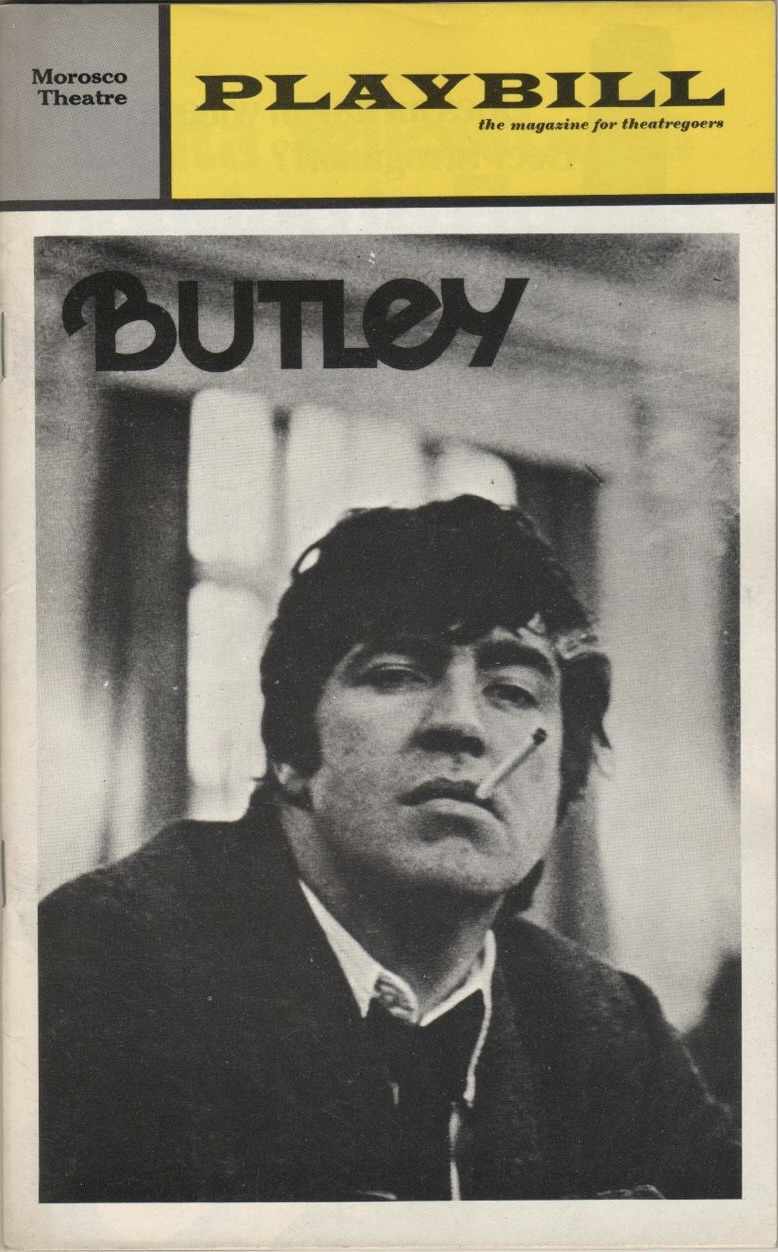
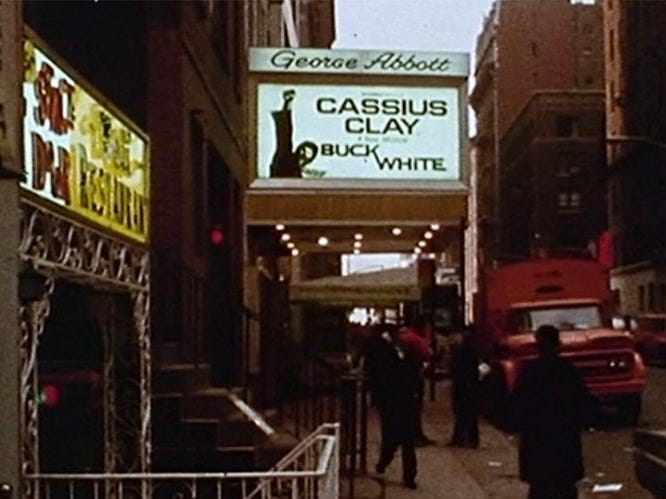

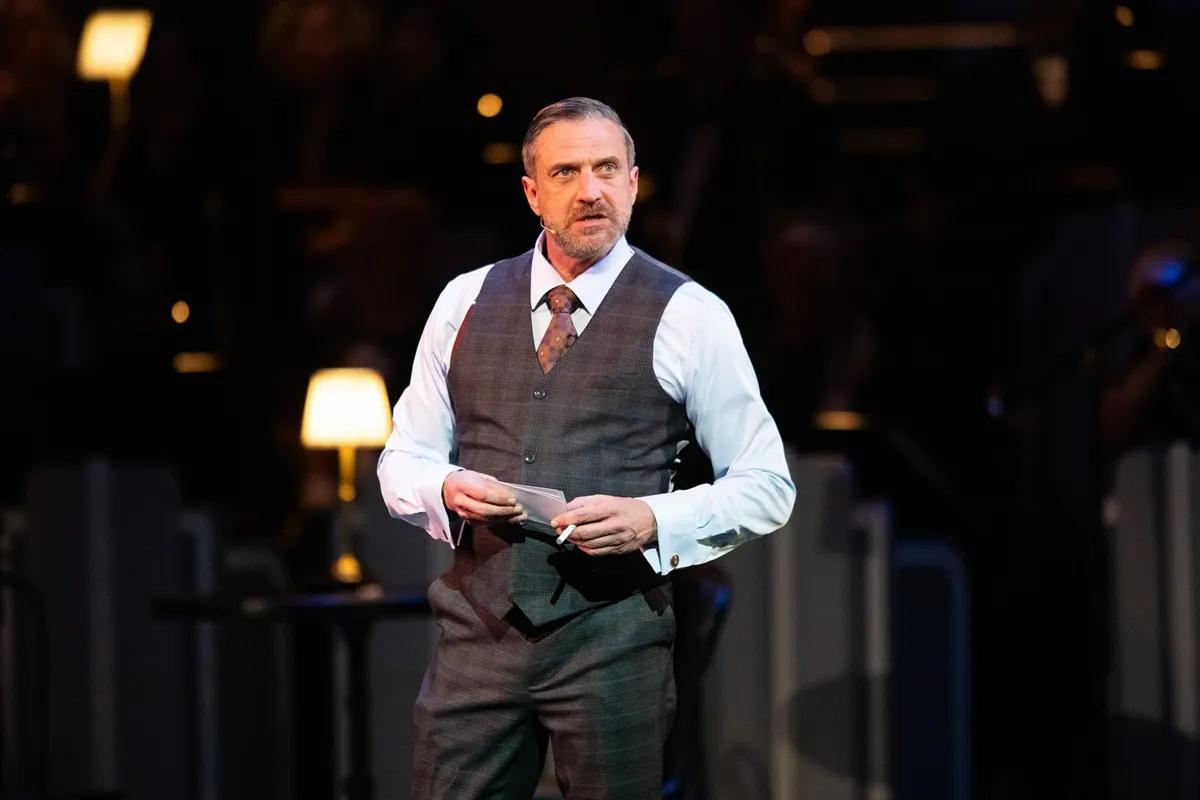
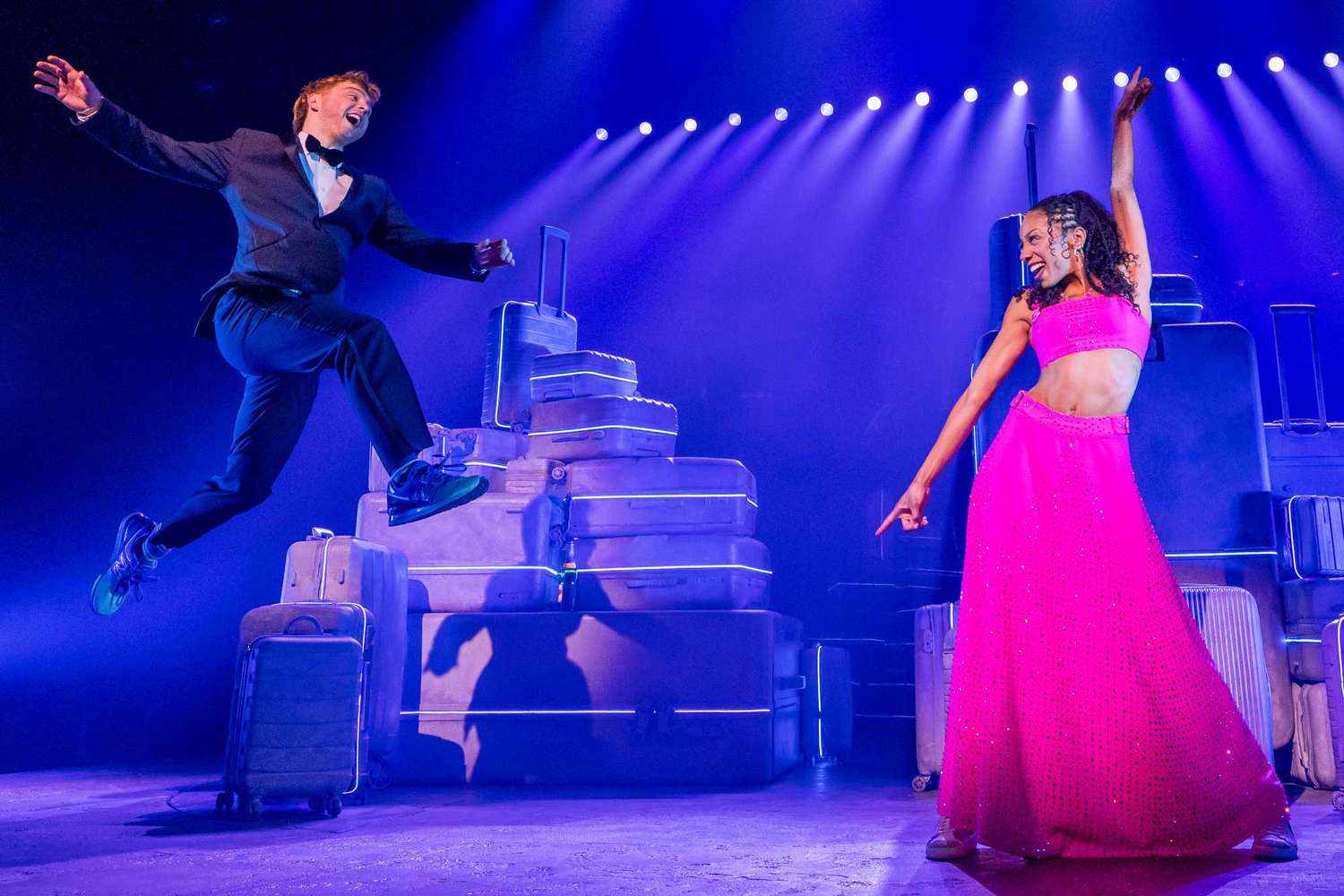
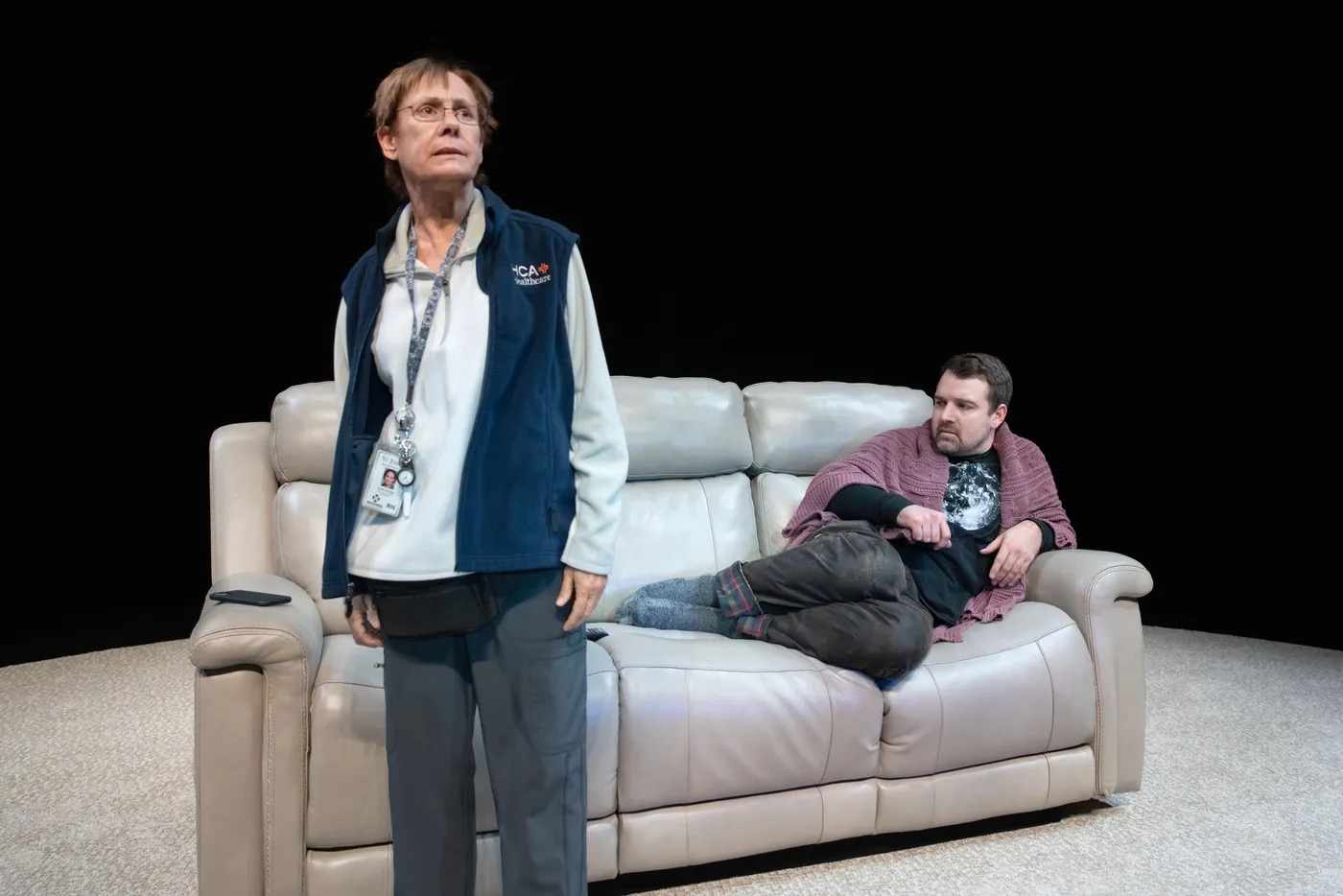


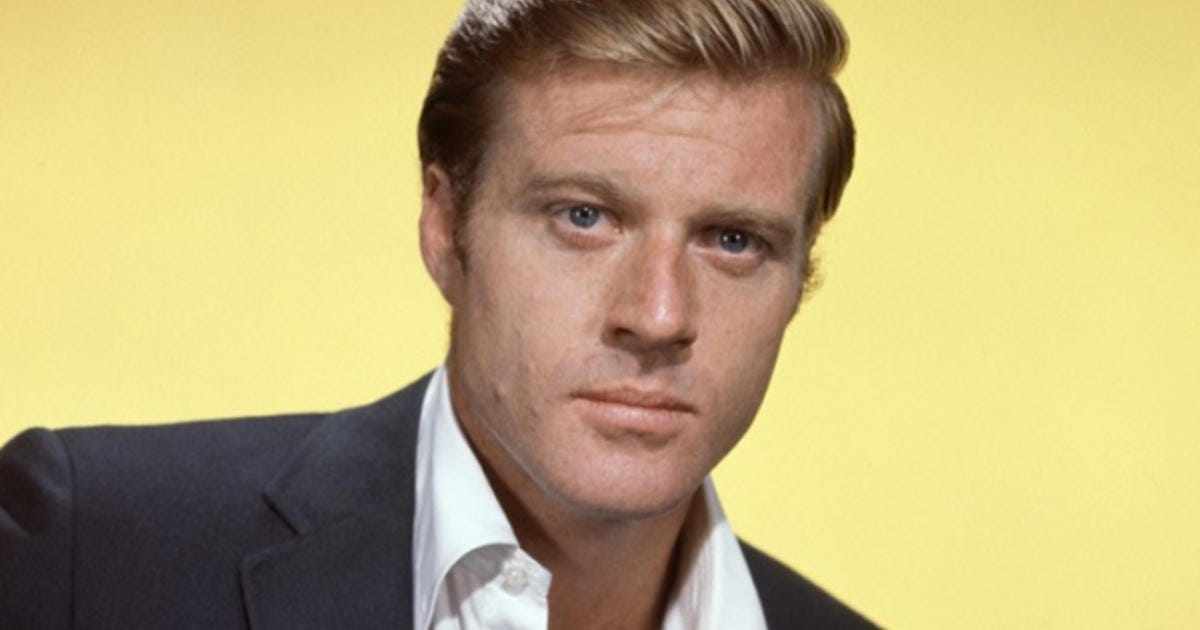
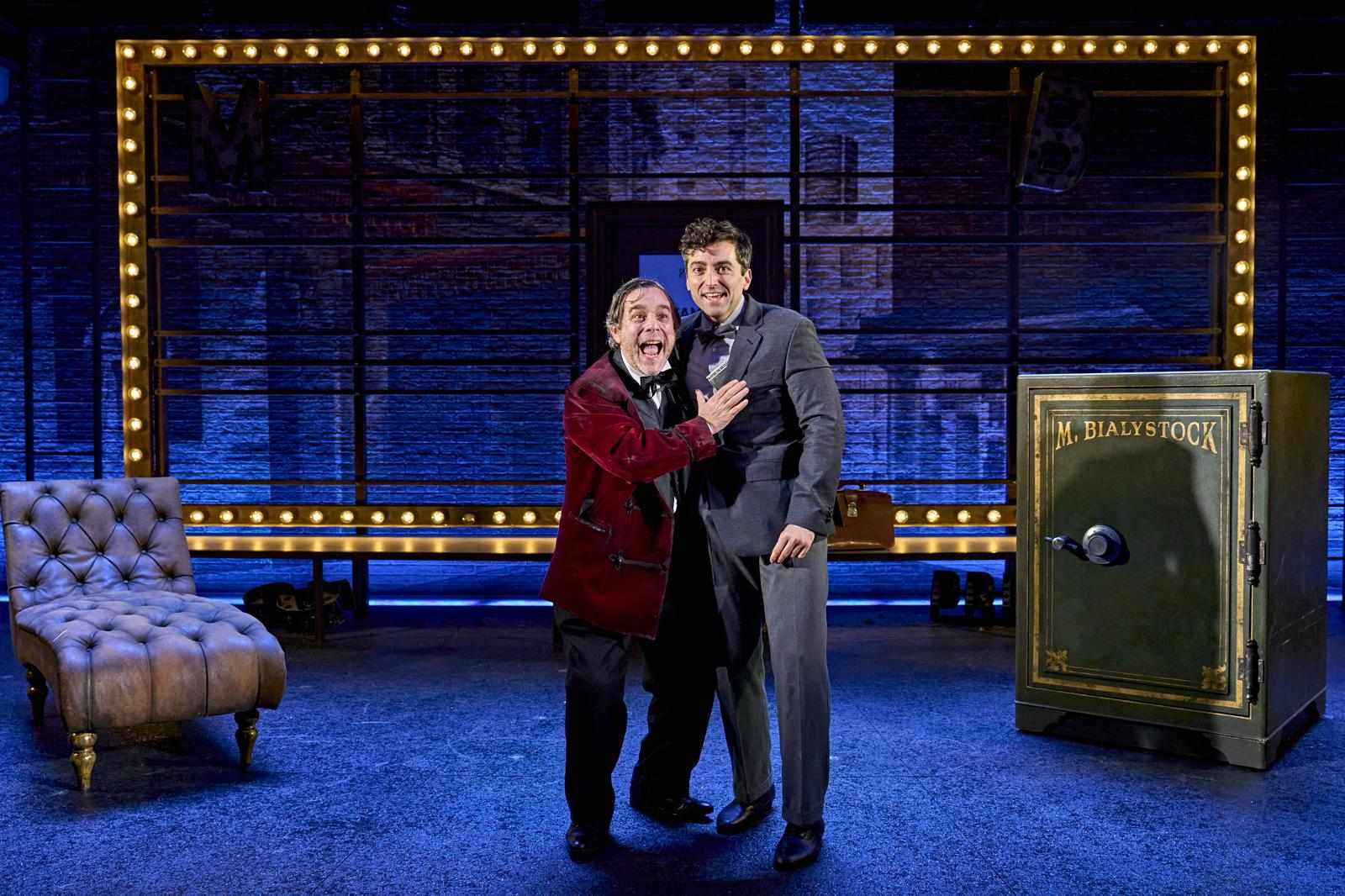
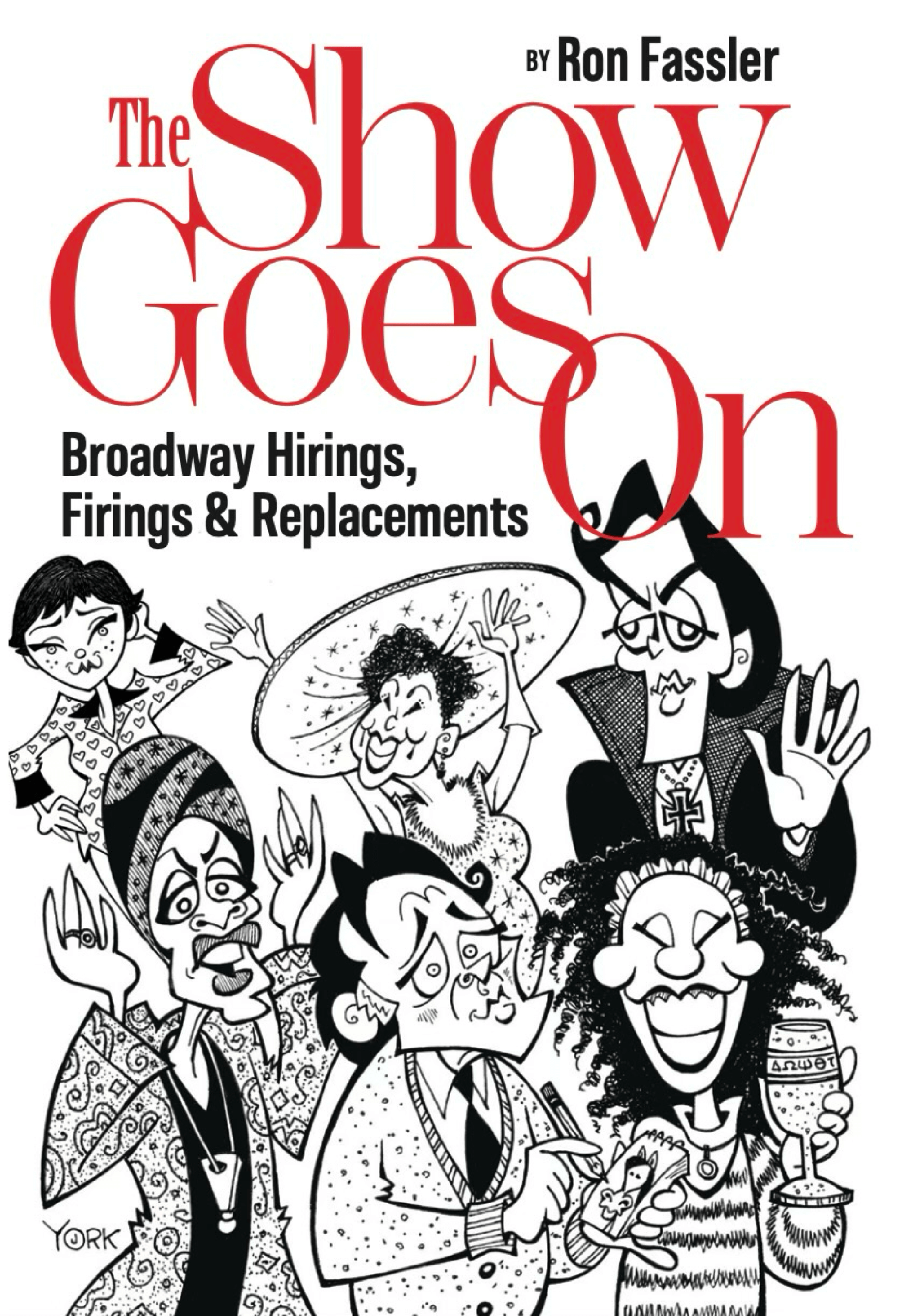

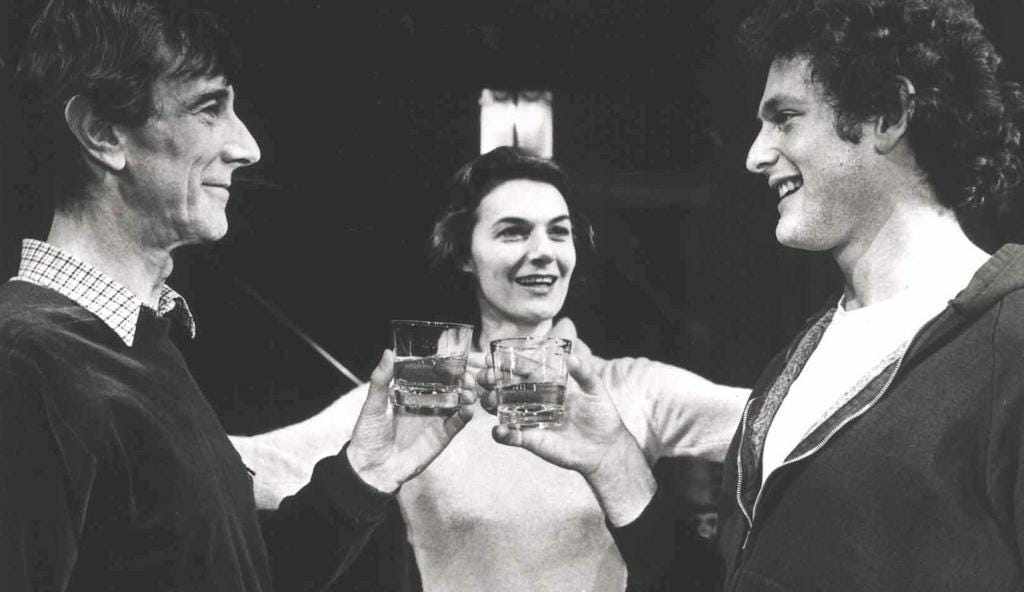





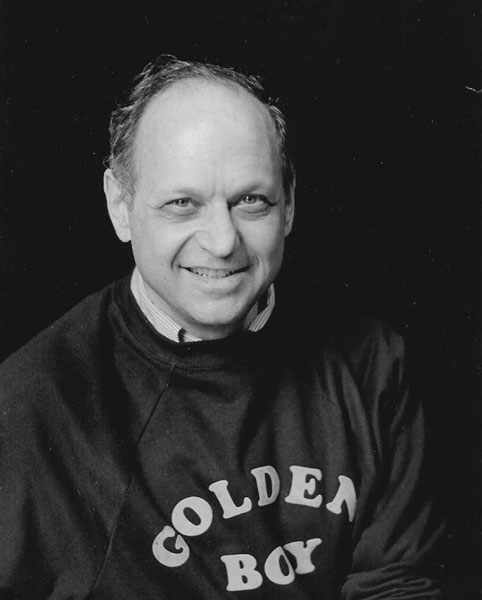

Write a comment ...